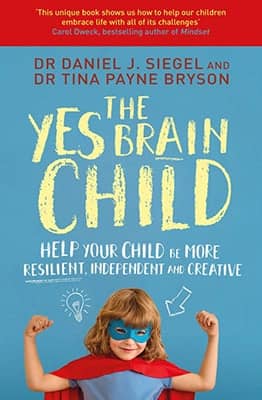Gratitude – Why Bother? Just do it!
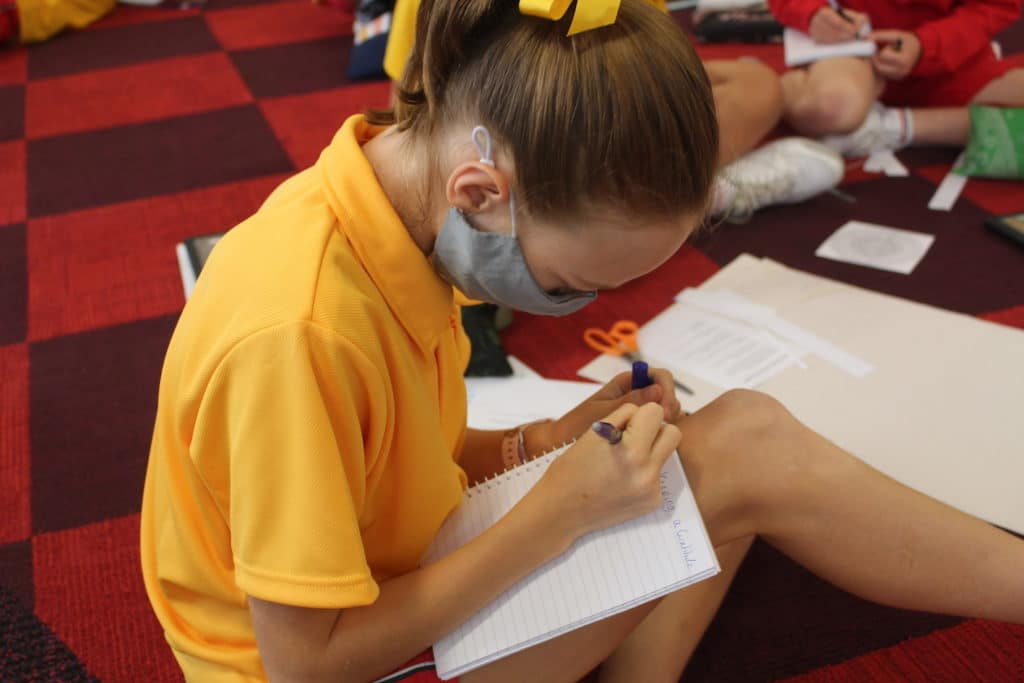
Year 7 students were introduced to the notion of amplifying positives for their overall wellbeing in a session during their Alternative Learning Days.
Why Bother?
Often, we tell our students to focus on the positives, look on the bright side, cheer themselves up. I hope that this session explained to students why we are recommending this to them and the long-term benefits of practising gratitude as a positive emotion.
Firstly we unpacked the Three Happiness Myths from Dr Russ Harris.
Myth 1. Happiness is the natural state for human beings
The myth goes that if you give a person enough food, shelter, and connection, they’ll feel happy all the time. However, the reality of being human is that we experience an ever-changing flow of emotions, which is totally normal and natural! For example, it’s normal to feel sad after a loss or to feel fear or stress when we’re in danger, or there’s a threat nearby.
Myth 2. Happiness means feeling ‘good’ (pleasant ) emotions
The second big happiness myth is that happiness means feeling pleasant or ‘good’ emotions or states of being. Most people think of happiness as a state of pleasure or contentment, but if this is your definition of happiness, there is no hope for lasting happiness because all emotions are fleeting. They do change (no matter how hard we try to chase or hold on to them).
Russ Harris defines happiness as living a “rich, full and meaningful life” and I like that definition. If we live this kind of full life, it will include feeling the full range of our natural human emotions – the pleasant and the unpleasant ones.
Myth 3. If you’re not happy, you’re defective
The third myth is the idea that if you’re not happy, there must be something wrong with you. The reality is that if you’re not always happy, you’re completely normal! Human life is difficult a lot of the time, and our minds are tricky too – they often get us caught up. Sometimes life is pleasant, but it’s also quite hard. If you’re not always happy, there is nothing defective, broken or wrong with you.
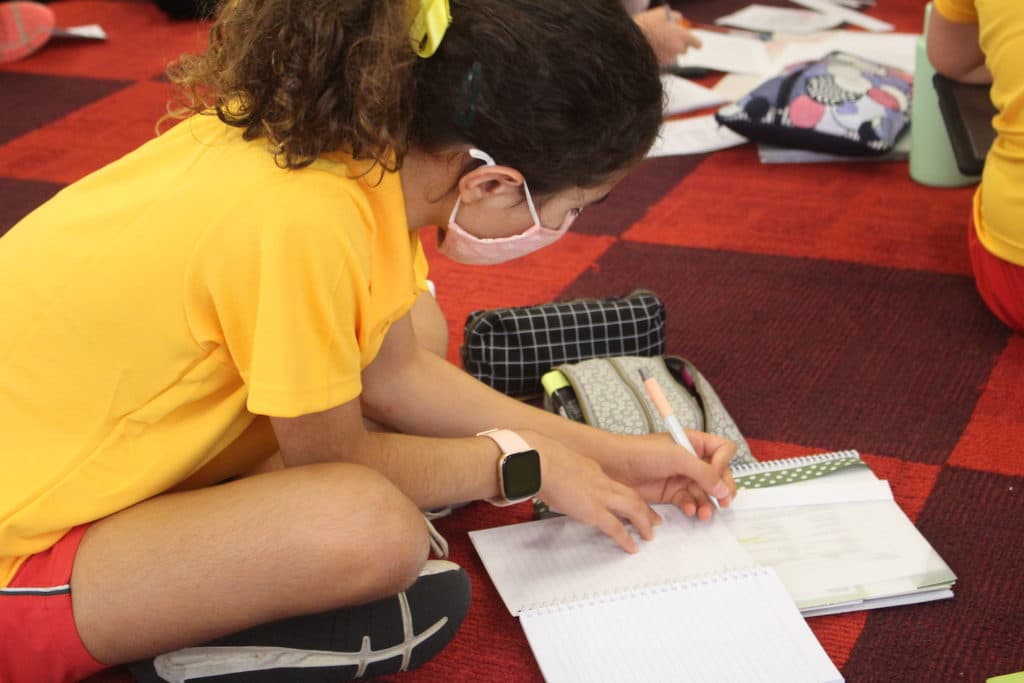
The Negativity Bias
Then we learned about The Negativity Bias. Our brains have evolved to focus and remember negative experiences to keep us safe. We tend to velcro on to ourselves the negative experiences that we have to learn from them. But we tend to Teflon off the positive ones. Practising gratitude is a way to even up the negativity bias.
Gratitude Can
- Be nurtured through intentional activity.
- Nurtured and valued in children
- Develop into a habit.
For these reasons, the Year 7s were provided with a gratitude journal with some tips for using it effectively.
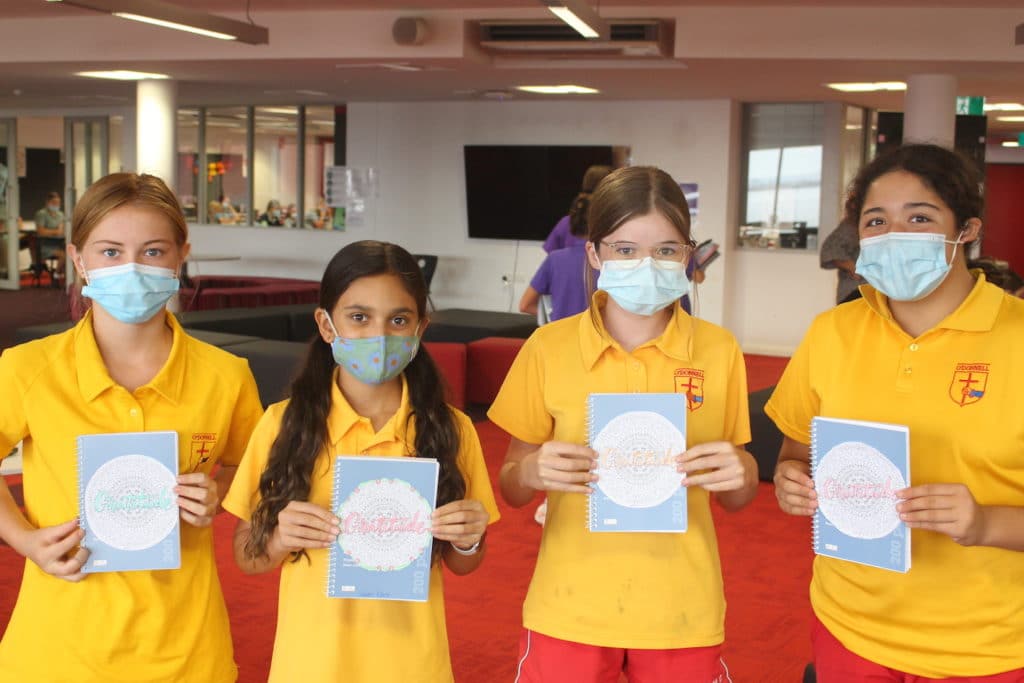
Tips for Keeping a Gratitude Journal
- Don’t just go through the motions
Research by psychologist Sonja Lyubomirsky and others suggests that journaling is more effective if you first make the conscious decision to become happier and more grateful. “Motivation to become happier plays a role in the efficacy of journaling,” says Emmons. - Go for depth over breadth
Elaborating in detail about a particular thing you’re grateful for carries more benefits than a superficial list of many things. - Get personal.
Focusing on people to whom you are grateful has more of an impact than focusing on things you are grateful for. - Try subtraction, not just addition. One effective way of stimulating gratitude is to reflect on what your life would be like without certain blessings, rather than just tallying up all those good things.
- Savour surprises. Try to record unexpected or surprising events, as these tend to elicit stronger levels of gratitude.
- Don’t overdo it. Writing occasionally (once or twice per week) is more beneficial than daily journaling.
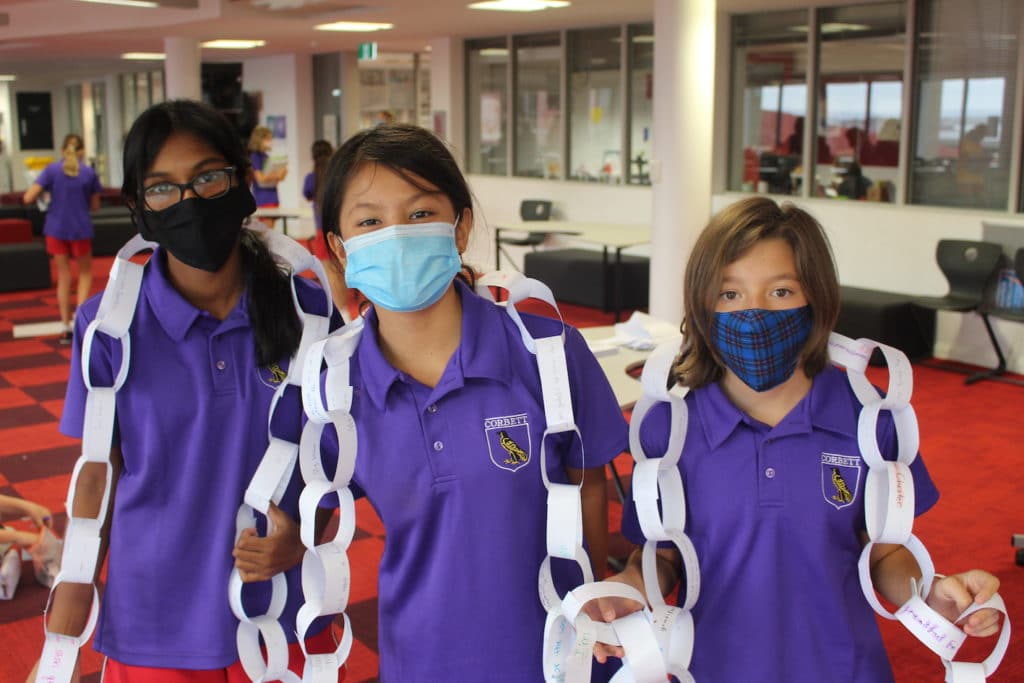
Gratitude Chain
To symbolise the small acts of gratitude that link together over time, to create a habit, push back on negativity and increase our wellbeing, every Year 7 girl wrote some things they were grateful for and linked them together to make our gratitude chain. This will be on display for staff and students to see, read and be reminded about the importance of gratitude. Please take the time to read some of the Year 7s contributions if you see the gratitude chain. Perhaps you may have something to add to the chain? This will help gratitude as a practice to grow in all of us.
Gratitude – just do it!
Diann Kerr | College Psychologist

Lee-Elle’s Insights from the ‘Make it 16’ Forum
Lee-Elle Cooper is a passionate Year 12 student who advocates for youth engagement and political participation. She has recently returned from the Make It 16 Forum in Canberra.

With Laurissa Knowles From Valley Depths to Mountain Peaks (1993)
Laurissa Knowles (1993) has had an incredible career journey so far, from Santa Maria College Teacher to Celebrant and Councillor.

Elevating Spaces: Diana Ellis’ Signature Touch & Architecture Magic
What happens when you mix a love for art, travel, nature, and creativity with construction and building? You get the essence of Diana Ellis’ career!
- Featured, Learning4Life
Author: Santa Maria College
Santa Maria College is a vibrant girls school with a growing local presence and reputation. Our Mission is to educate young Mercy women who act with courage and compassion to enrich our world. Santa Maria College is located in Attadale in Western Australia, 16 km from the Perth CBD. We offer a Catholic education for girls in Years 5 – 12 and have 1300 students, including 152 boarders.






